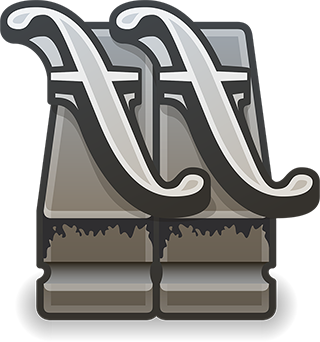
Fontforge for mac how to#
A very good description how to encode Unicode stacks can be found at THLib. A Unicode font would for example contain an image of the glyph rgyu together with a ligature definition how this glyph is composed of single letters. The font contains the image of a Tibetan stack ('a glyph') together with a definition which letters do compose this stack. Indic scripts and Tibetan create stacks by using the OpenType feature 'Below base substitution ligatures' (blws). It is possible by only using the 'ligatures' feature out of OpenType's many powerful features to create fonts that work with Windows, Mac and Linux. How to create a platform independent Unicode font However, with Mac OS-X 10.4.8 Apple introduced at least some support for ligatures, a key feature in order to display Tibetan stacks - but they support a different subset of OpenType's many ways to support ligatures than Linux and Windows. Unfortunately Mac OS-X up to the very recent versions does not support the required OpenType functionality to correctly render Tibetan stacks. In order for Unicode to be truly platform independent, Unicode Tibetan Fonts should work on all platforms (Linux, Windows, Mac OS-X) and Unicode documents should be fully exchangeable between them, either as Unicode text document or as Unicode RTF document.Įxchange between Linux and Windows using OpenOffice works very well, since both platforms support OpenType features required to display complex scripts and OpenType fonts as for example Tibetan Machine Uni. 3.3 Standard range Tibetan 0x0f00 - 0x0fff.3.2 Editing Tibetan fonts and creating Sanskrit stacks for existing fonts.3.1 Installing FontForge and creating Fonts.


2 How to create a platform independent Unicode font.


 0 kommentar(er)
0 kommentar(er)
